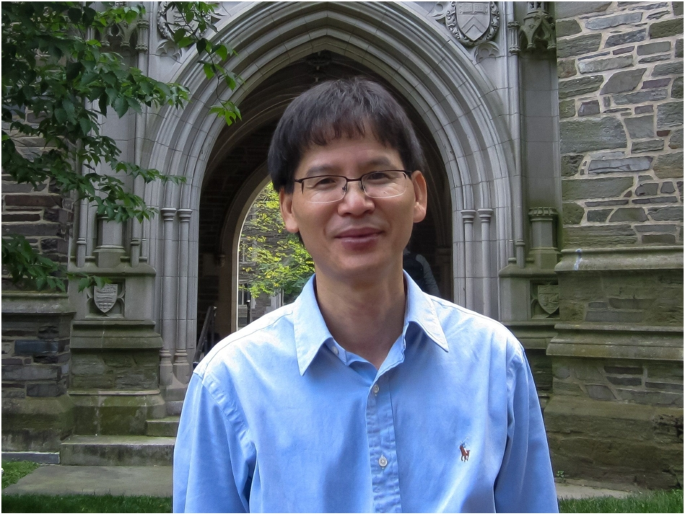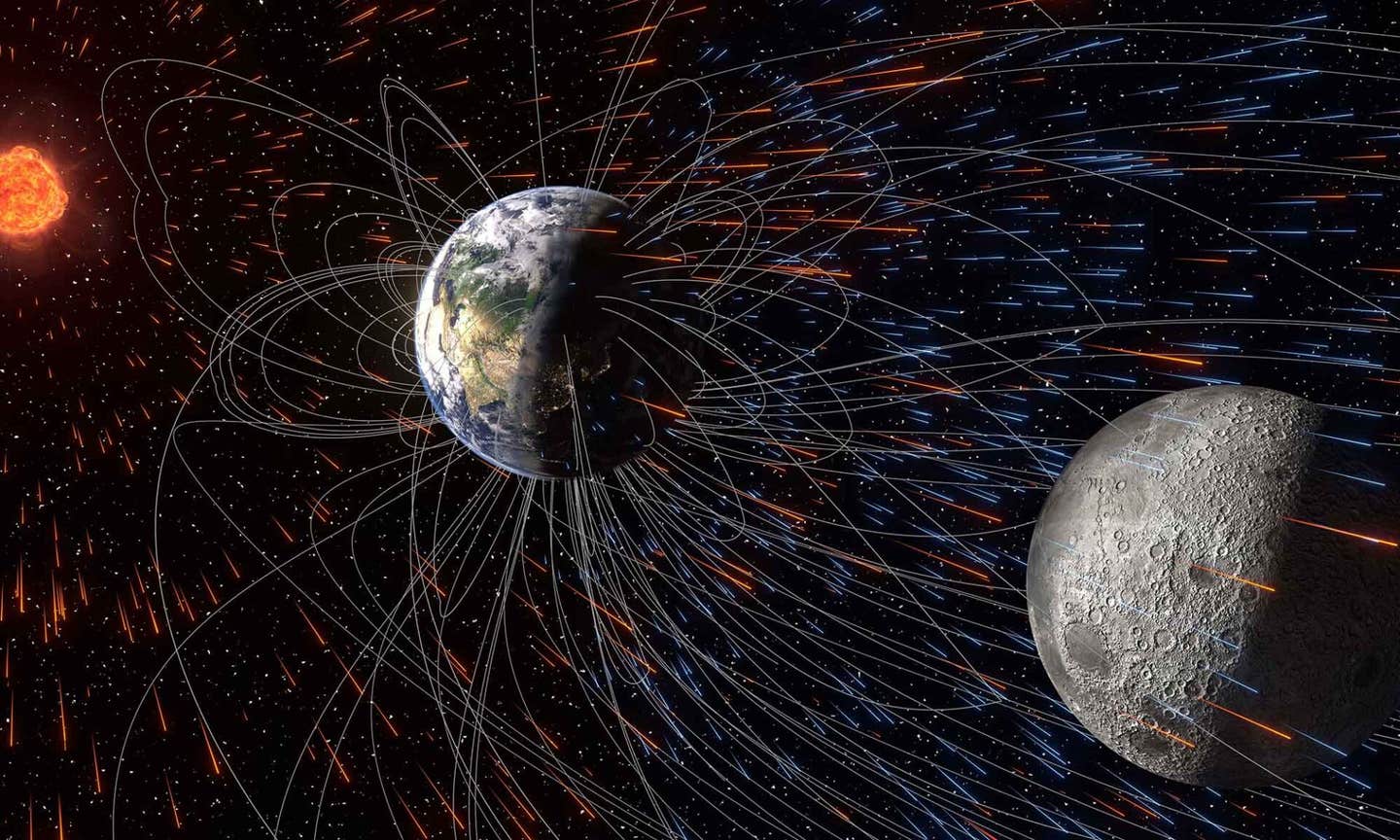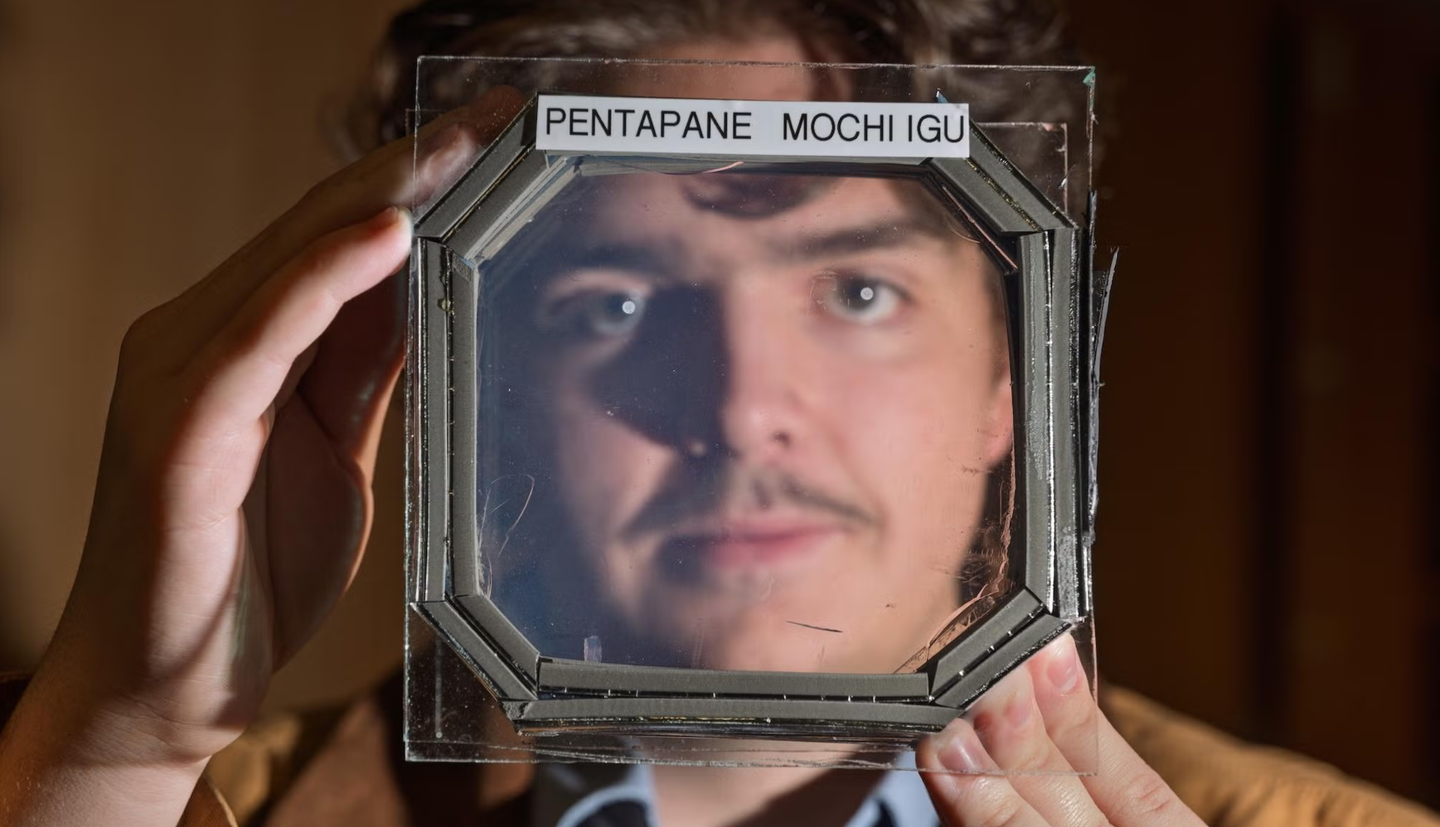Mathematician solves two long-standing problems scientists couldn’t crack
Pham Tiep’s work centers on representation theory, a branch of algebra that translates abstract symmetries into numerical form using matrices.

One of Pham’s major achievements was solving the Height Zero Conjecture, a problem first proposed in 1955 by the renowned mathematician Richard Brauer. (CREDIT: Pham Tiep)
Two breakthroughs in mathematics could reshape how researchers understand symmetries in nature and the behavior of complex systems. These advances, led by Pham Tiep, a professor at Rutgers University, have implications across physics, chemistry, computer science, and economics.
Tiep’s work centers on representation theory, a branch of algebra that translates abstract symmetries into numerical form using matrices. This mathematical framework underpins a wide range of applications, from encryption algorithms to quantum mechanics. By pushing the boundaries of this field, Tiep has reinforced Rutgers' position as a global leader in advanced mathematical research.
One of his major achievements was solving the Height Zero Conjecture, a problem first proposed in 1955 by the renowned mathematician Richard Brauer. For decades, this conjecture stood as a daunting challenge in the study of finite groups. Mathematicians had struggled to prove it, but Tiep and his collaborators found a way forward, breaking a barrier that had long frustrated researchers.
Conjectures, by their nature, demand proof before they can be accepted as fact. Tiep described the challenge, saying, “A conjecture is an idea that you believe has some validity. But conjectures have to be proven. I was hoping to advance the field. I never expected to be able to solve this one.” His success was a triumph of perseverance and deep mathematical insight.
Brauer’s work from the mid-20th century outlined a series of unresolved problems that have guided mathematicians for generations. Tiep and his colleagues have followed this blueprint, tackling some of the field’s toughest puzzles. Reflecting on Brauer’s brilliance, he remarked, “Some mathematicians have this rare intellect. It’s as though they came from another planet or from another world. They are capable of seeing hidden phenomena that others can’t.”
For over a decade, Tiep pursued this problem, driven by curiosity and a desire to advance knowledge. His solution not only resolves a long-standing mystery but also lays the groundwork for further discoveries. The techniques developed in his proof may offer fresh insights into other major mathematical challenges.
Among the problems that could benefit from these advances are those posed by legendary mathematicians John Thompson and Alexander Lubotzky. The tools forged in solving the Height Zero Conjecture may now help mathematicians crack open new doors in algebra and beyond.
Related Stories
The second major advancement relates to the Deligne-Lusztig theory, another key aspect of representation theory. Tiep’s solution addresses issues involving the trace of a matrix, which is the sum of its diagonal elements. This seemingly technical detail is crucial for understanding the deeper structures within representation theory.
Tiep's research in this area was published in two papers—one in Inventiones mathematicae and the other in Annals of Mathematics. These contributions provide new tools for analyzing traces, which could lead to further progress in various branches of mathematics.
“Tiep’s high-quality work and expertise on finite groups has allowed Rutgers to maintain its status as a top worldwide center in the subject,” said Stephen Miller, Chair of the Department of Mathematics at Rutgers. Miller pointed out that one of the major achievements in 20th-century mathematics was the classification of finite simple groups, a field in which Rutgers played a pivotal role. “Through his amazing stretch of strong work, Tiep brings international visibility to our department,” Miller added.
Tiep's work, while grounded in abstract mathematical concepts, has far-reaching applications. Representation theory is vital in studying the symmetry of molecules, creating encryption algorithms, and developing error-correcting codes for communication systems.
The methods he employs in his research highlight the power of pure thought and collaboration. Tiep’s process involves pen and paper—he often jots down formulas and logical chains of reasoning. Despite the simplicity of his tools, his results have revolutionized understanding in his field.
Collaboration is central to Tiep’s success. His work on the Height Zero Conjecture was a joint effort with several international colleagues, including Gunter Malle from Germany, Gabriel Navarro from Spain, and Amanda Schaeffer Fry, a former student now at the University of Denver.
For the Deligne-Lusztig theory breakthrough, he worked with Robert Guralnick of the University of Southern California and Michael Larsen of Indiana University. Together, they tackled the problem of traces, producing solutions that promise to yield further advancements.
“Tiep and coauthors have obtained bounds on traces which are about as good as we could ever expect to obtain,” Miller said, referring to the rigor of their findings. He emphasized that progress in such a mature subject is rare, but the potential applications are broad and impactful.
Unlike many researchers in the physical sciences who rely on complex equipment, much of Tiep's progress comes through careful thought and collaboration with his peers, sometimes in person and sometimes via Zoom. He explains that his best ideas often emerge when he least expects them.
“Maybe I’m walking with our children or doing some gardening with my wife or just doing something in the kitchen,” he shared. His wife, he says, can always tell when he’s thinking about math.
By breaking through these long-standing problems, Tiep has not only advanced the field of mathematics but also highlighted the value of persistence and collaboration. His work opens the door to future discoveries that may further transform our understanding of the natural and mathematical world.
Note: Materials provided above by The Brighter Side of News. Content may be edited for style and length.
Like these kind of feel good stories? Get The Brighter Side of News' newsletter.



